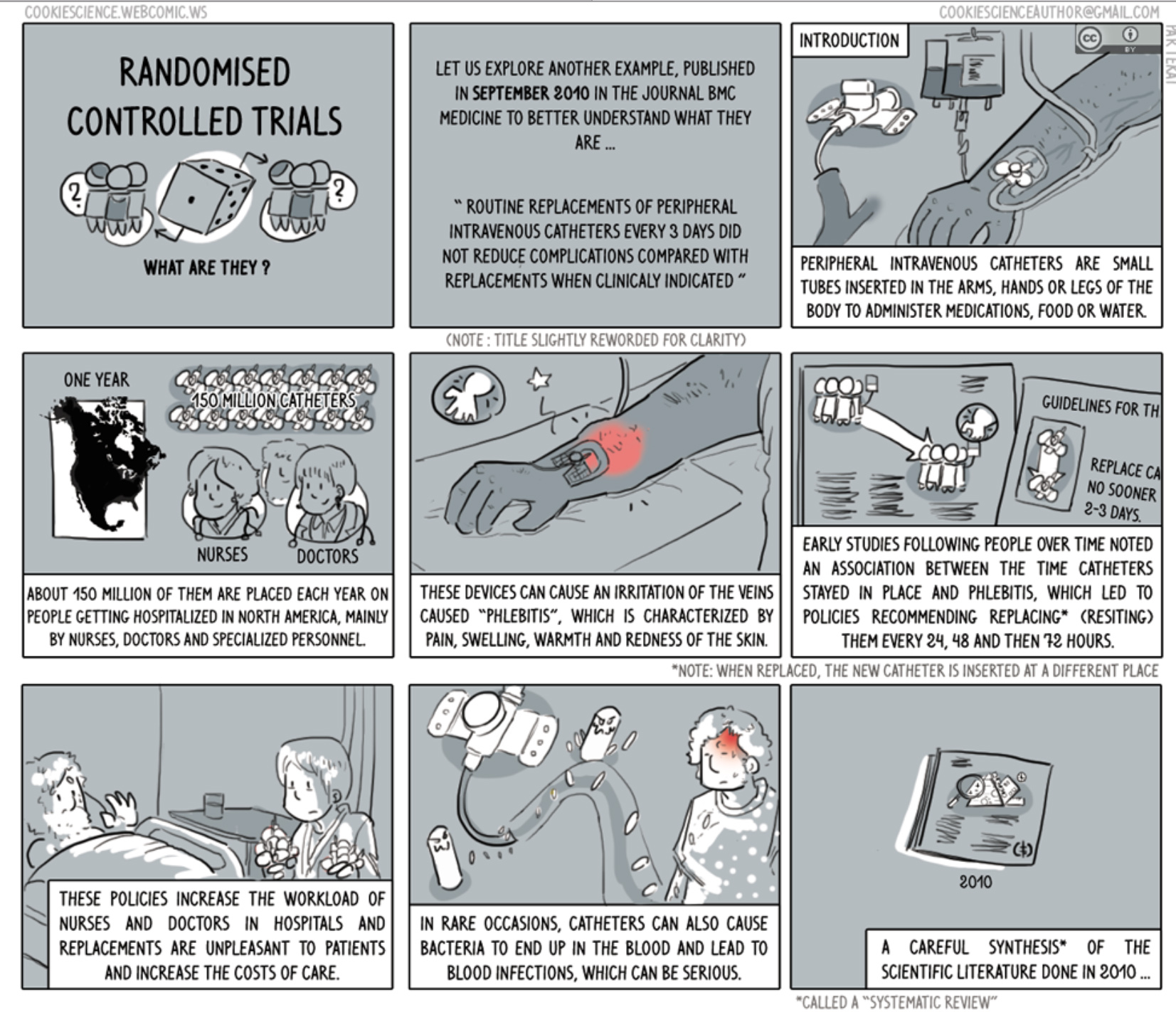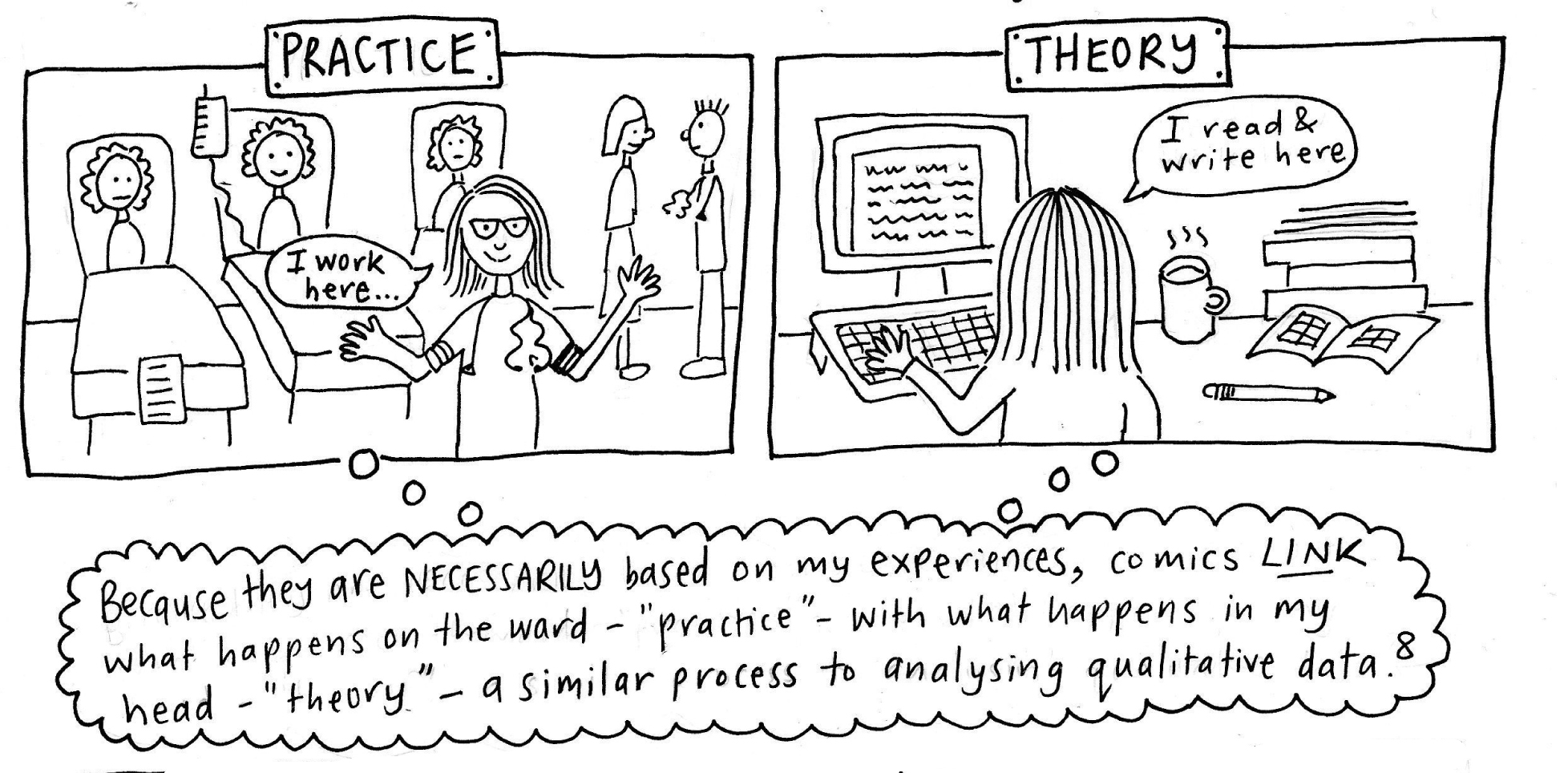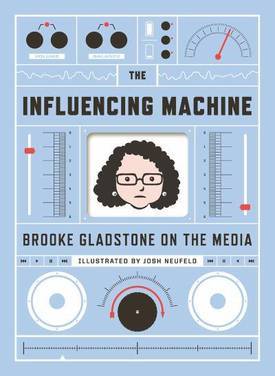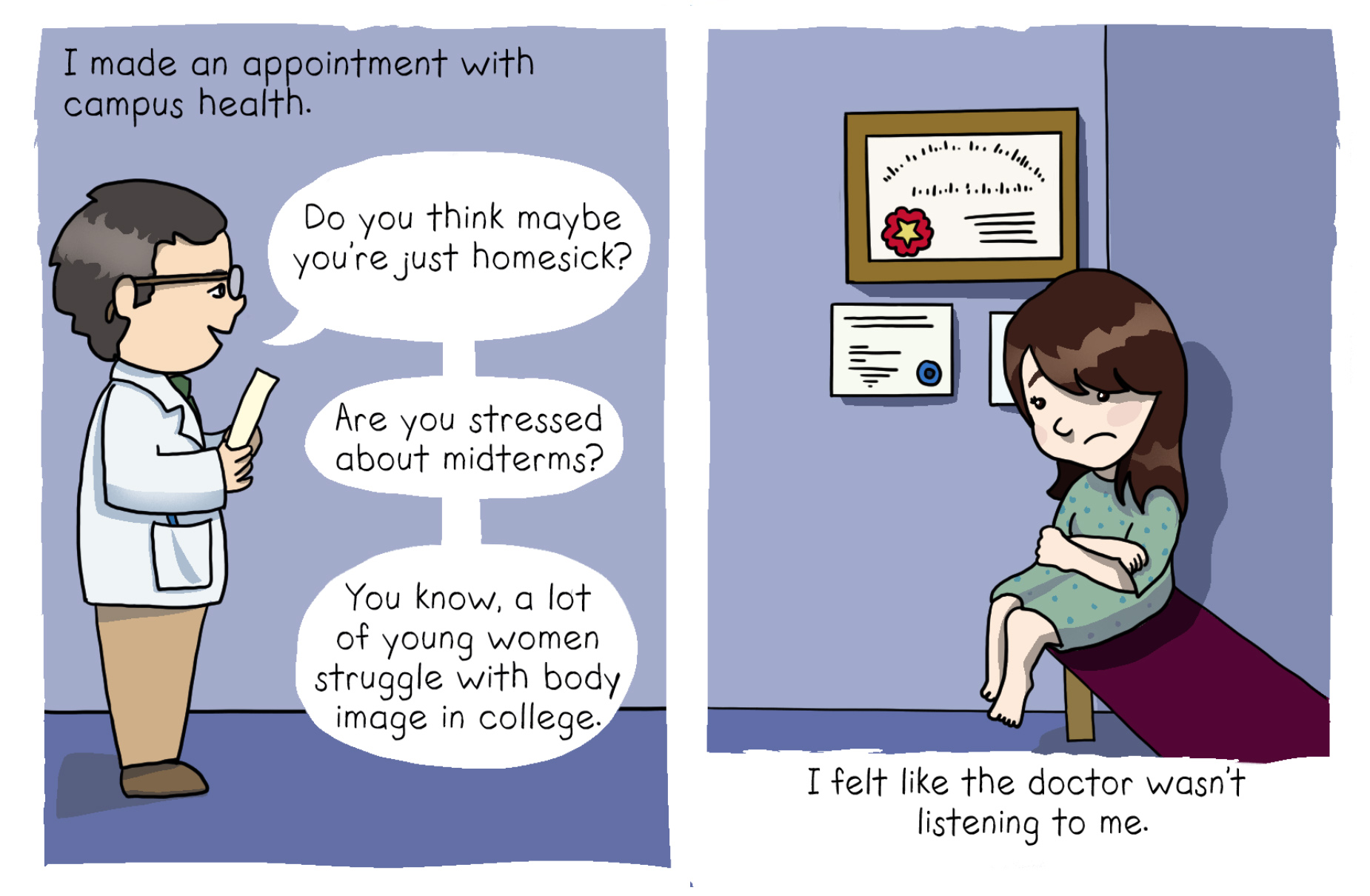Charlottesville ER Nurse Kellen Squire on What Happened in the ER
Kellen Squire is an Emergency Room nurse in Charlottesville, VA. He’s running for a seat in the House of Delegates in Virginia’s 58th General Assembly District. On his campaign site he shares his position on HealthCare and opens with this statement:
Health care is not just a political issue for me. It’s something I live every day of my life as an Emergency Department nurse. I have the honor of working alongside real-life heroes: police officers, firefighters, EMTs, paramedics, nurses, doctors, and other professionals in our community.
He worked in the ER this past Saturday and the Daily Kos published his article on Sunday, August 13, A Charlottesville ER Nurse Speaks After a Day of Decompression . He shares his experience being with the ER team caring for victims following a car attack by a 20 year-old man identified by police as James Alex Fields Jr. Fields, drove his Dodge Charger into a crowd of anti-racist counter-demonstrators, and peeled away in reverse. Fields, of Ohio, was charged with second-degree murder for allegedly injuring 19 people and killing one, Heather Heyer.
On this morning’s news shows, Attorney General Jeff Sessions said the deadly car attack amid a white nationalist rally in Charlottesville, Virginia this weekend met the definition of domestic terrorism.
“I’ve sat here at my keyboard staring at the blinking cursor for awhile. There’s words inside me that need to come out about what happened in our community yesterday, but… I dunno. They’re stuck there. Nothing seems right. Especially after watching everyone’s “hot take” on a community you’re from. But there’ll be time later to go over those- particularly those of the President and my Congressman. It doesn’t help either that our community isn’t out from under the specter of the Nazis who visited us- there are vigils across the country for Charlottesville, but our own vigil was canceled because of a credible threat by white supremacists to invade it and take it over.”
You can continue to read the entire article here.
HealthCetera provides evidence-based news, analysis and commentary. For over 30 years –– beginning with our roots in FM radio, we’ve fostered a place where diverse, dynamic, front-line experts discuss the latest real-world effects of healthcare and health policy. We believe journalism has an inherent role in promoting a healthy and just society.
Kellen Squire is an Emergency Room nurse









